- Free shipping available on orders over £100 (UK) £250 (EU) and $300 rest of the world
WOW698 Aichi M6A Seiran Float Plane
£750.00
1 in stock
Description
Description
Aichi M6A Seiran Float Plane
An amazing aircraft with an amazing story!
In December 1941, Commander-in-Chief of the Japanese Combined Fleet, Admiral Yamamoto, proposed constructing a large fleet of submarine carriers (also designated STo or sen-toku — special submarine) whose purpose was to mount aerial attacks against American coastal cities. The submarines would surface to launch their aircraft by catapult, submerge to avoid detection, then surface again to retrieve the aircrews, who would ditch their planes nearby. By June 1942, the plan was to build a fleet of eighteen such submarines. This was later cut to nine, then five, and finally just three, as Japan’s wartime fortunes declined.
To equip the submarine aircraft carriers, the Japanese Navy requested that Aichi design a folding attack aircraft with a range of 1,500 km (810 nmi) and a speed of 555 km/h (300 kn). Aichi was already manufacturing under license, the Judy, a relatively small single-engined carrier dive bomber with exceptionally clean lines and high performance. Detailed engineering studies commenced in an effort to modify the Judy for use aboard the I-400 submarines but the difficulties in doing so were eventually judged insurmountable and a completely new design was initiated.

Aichi’s final design, designated AM-24 by Aichi and given the M6A1, was a two-seat, low-winged monoplane powered by a 1,050 kW (1,410 hp) Aichi AE1P Atsuta 30 engine.
The original specification dispensed with a traditional undercarriage but it was later decided to fit the aircraft with detachable twin floats to increase its versatility. If conditions permitted, these would allow the aircraft to land next to the submarine, be recovered by crane and then re-used. The floats could be jettisoned in flight to increase performance or left off altogether for one-way missions.
The Seiran’s wings rotated 90 degrees and folded hydraulically against the aircraft’s fuselage (with the tail also folding down) to allow for storage within the submarine’s 3.5 m (11 ft) diameter cylindrical hangar. Armament was a single 850 kg (1,870 lb) torpedo or an equivalent weight in bombs. One 13 mm (0.51 in) Type 2 machine gun was mounted on a flexible mounting for use by the observer.
As finalized, each I-400 class submarine had an enlarged watertight hangar capable of accommodating up to three M6A1s. The Seirans were to be launched from a 26 m (85 ft) compressed-air catapult mounted on the forward deck. A well-trained crew of four men could roll a Seiran out of its hangar on a collapsible catapult carriage, attach the plane’s pontoons and have it readied for flight in approximately 7 minutes.
The first of eight prototype Seirans was completed in October 1943, commencing flight testing in November that year. A problem with overbalance of the auxiliary wings was eventually solved by raising the height of the tail fin. Further testing was sufficiently successful for production to start in early 1944.
The first production examples of the Seiran were completed in October 1944. Construction of the STo submarines was stopped in March 1945, after two submarine aircraft carriers had been completed and a third finished as a fuel tanker.
The 1st Submarine Flotilla commenced training with the Seirans in January 1945, and the crews gradually learned how to handle the submarines and aircraft. Launching all three Seirans took longer than expected: 30 minutes if floats were fitted, although this could be reduced to 14.5 minutes if the floats were not used.
The first mission of the Seiran squadron, which was named the “God-Dragon Special Attack Squad” was to be a surprise air strike on the Panama Canal, to cut the main supply line for US forces in the Pacific. When the force was finally ready to set off on their mission against Panama, Japan’s increasingly desperate situation led to a change in plan, with the target for the attack, called Operation Hikari (Splendour), being switched to the American base at Ulithi Atoll where Allied forces, including aircraft carriers, were massing in preparation for attacks on the Japanese Home Islands.
The flotilla departed Japan on 23 July 1945 and proceeded towards Ulithi. On 16 August, the flagship I-401 received a radio message from headquarters, informing them of Japans surrender and ordering them to return to Japan. All six Seirans on board the two submarines, having been disguised for the operation as American planes in violation of the laws of war, were catapulted into the sea with their wings and stabilizers folded or pushed overboard to prevent capture.
We have 4 x 1/30 scale Seirans available priced at $899 plus postage of $150.
As you can see this is a very large aircraft, almost as high as a 2 storey house when placed on its trolley!
The K&C figure is shown for scale comparison purposes only and is not included.
Reviews (0)

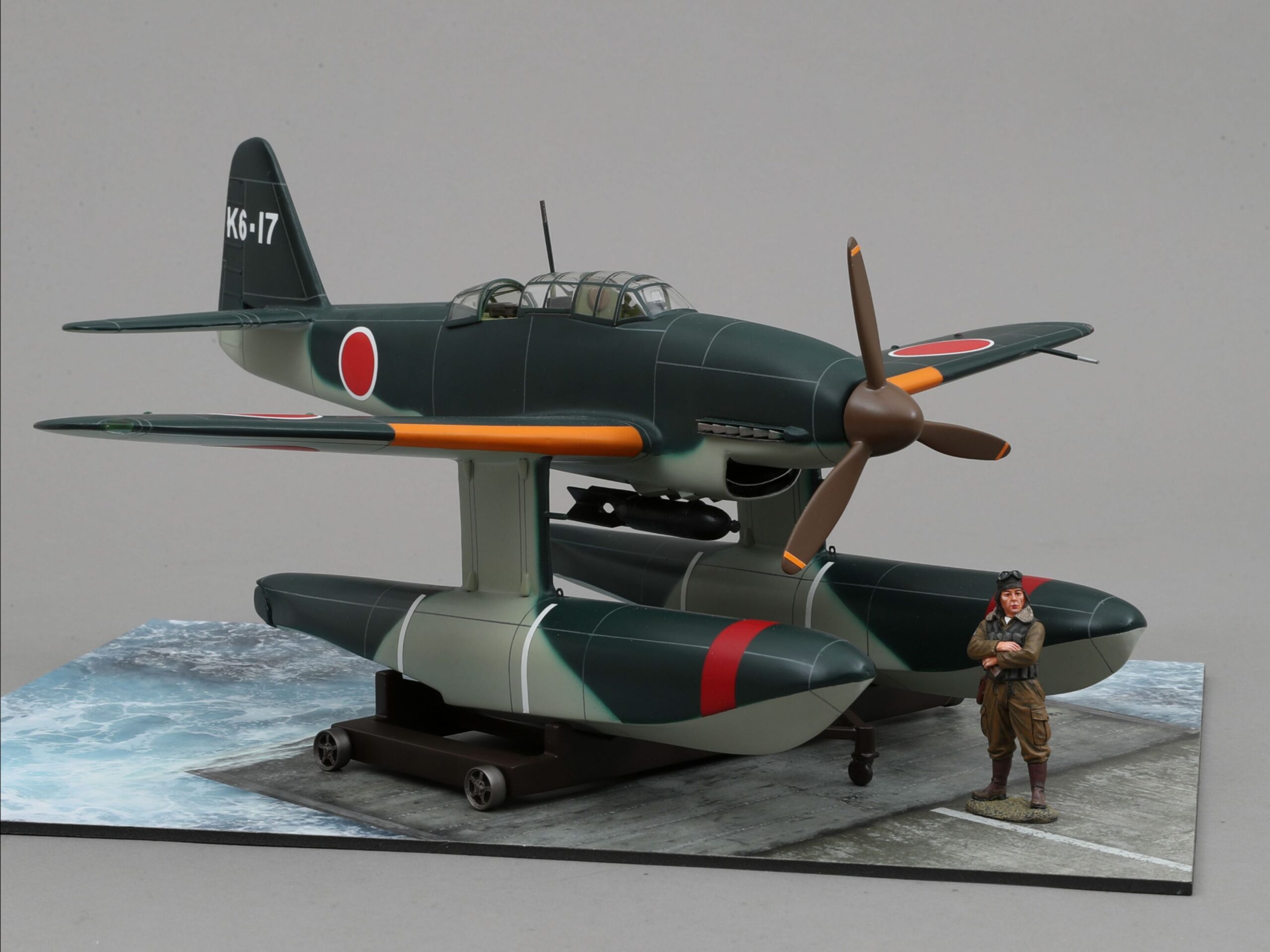
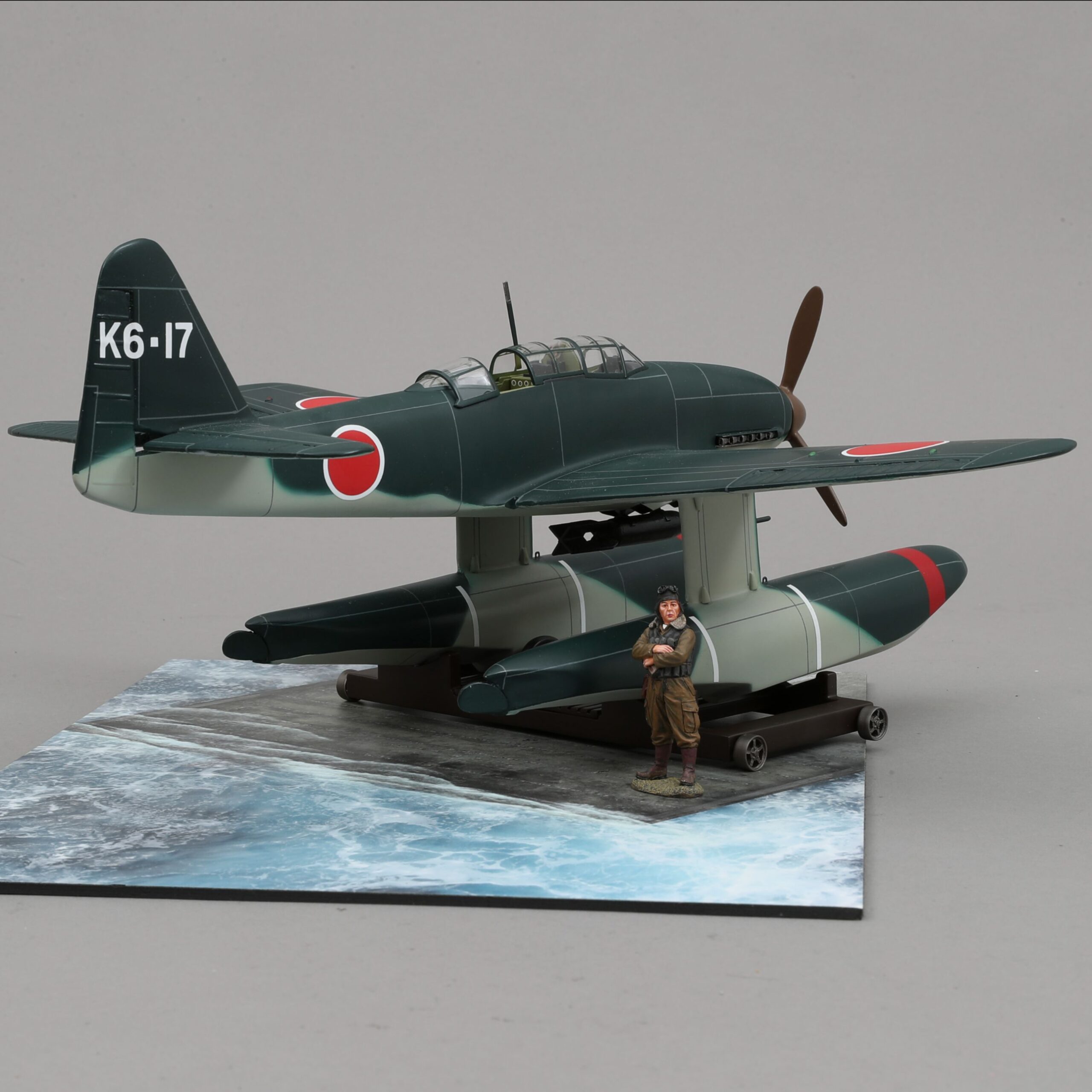
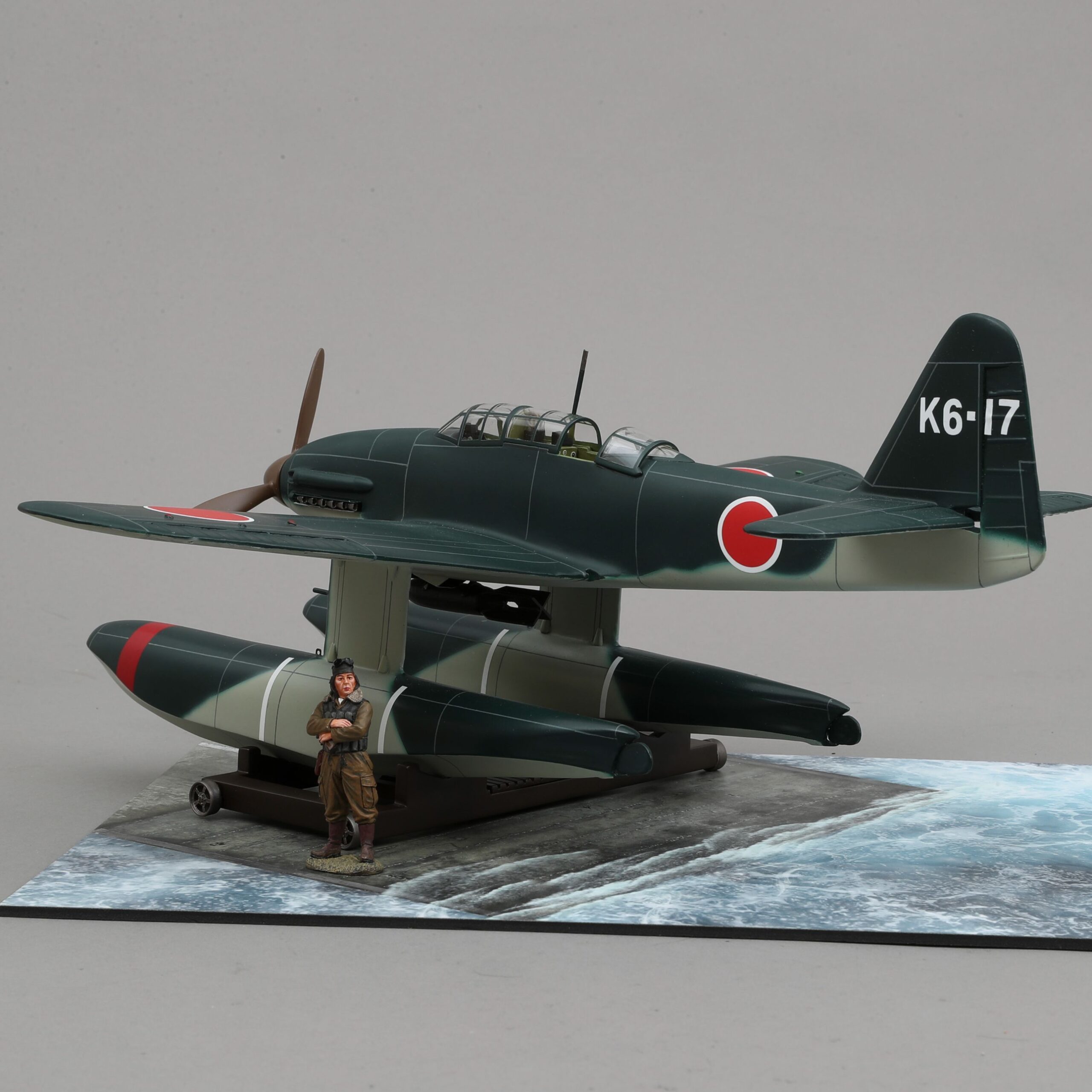
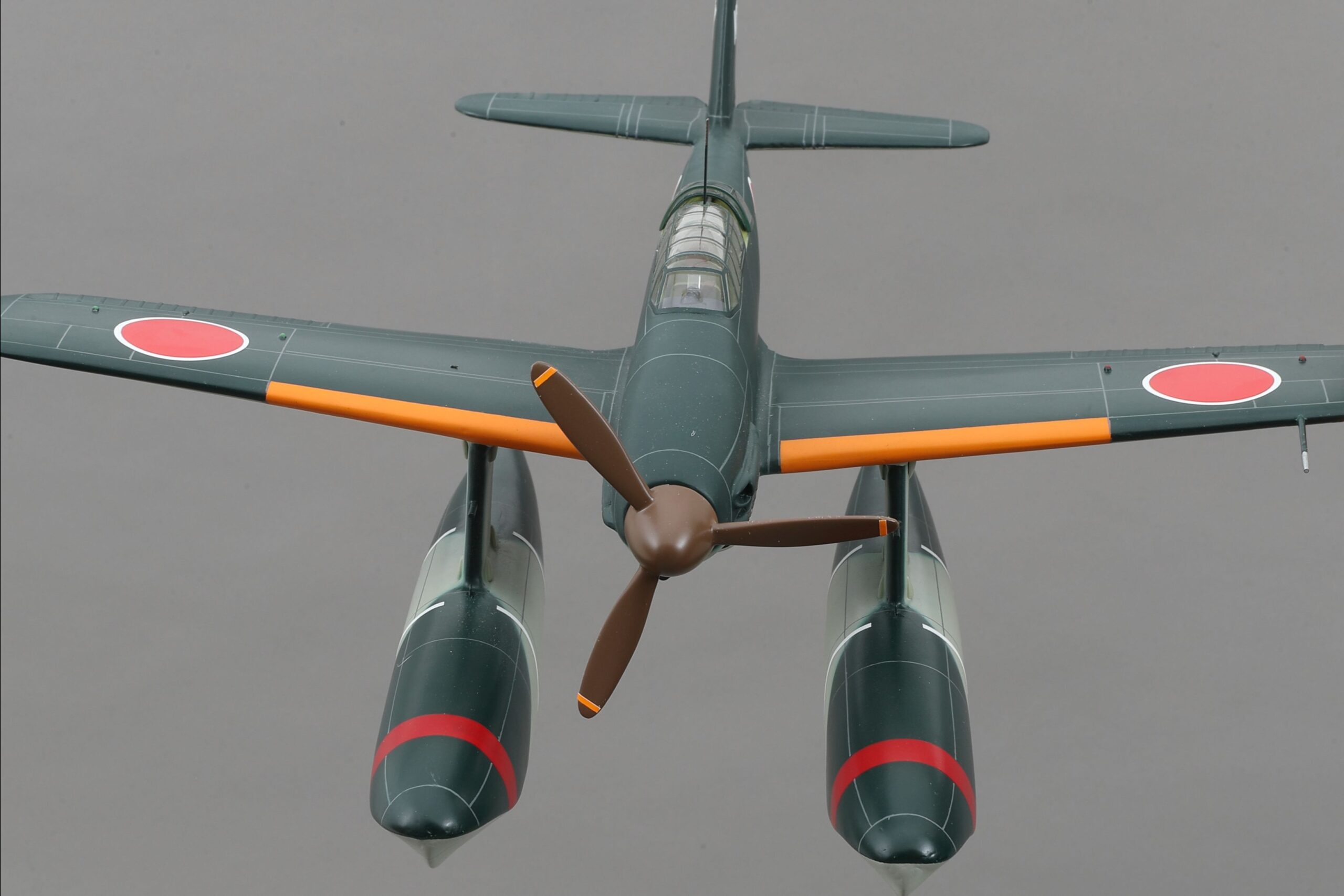
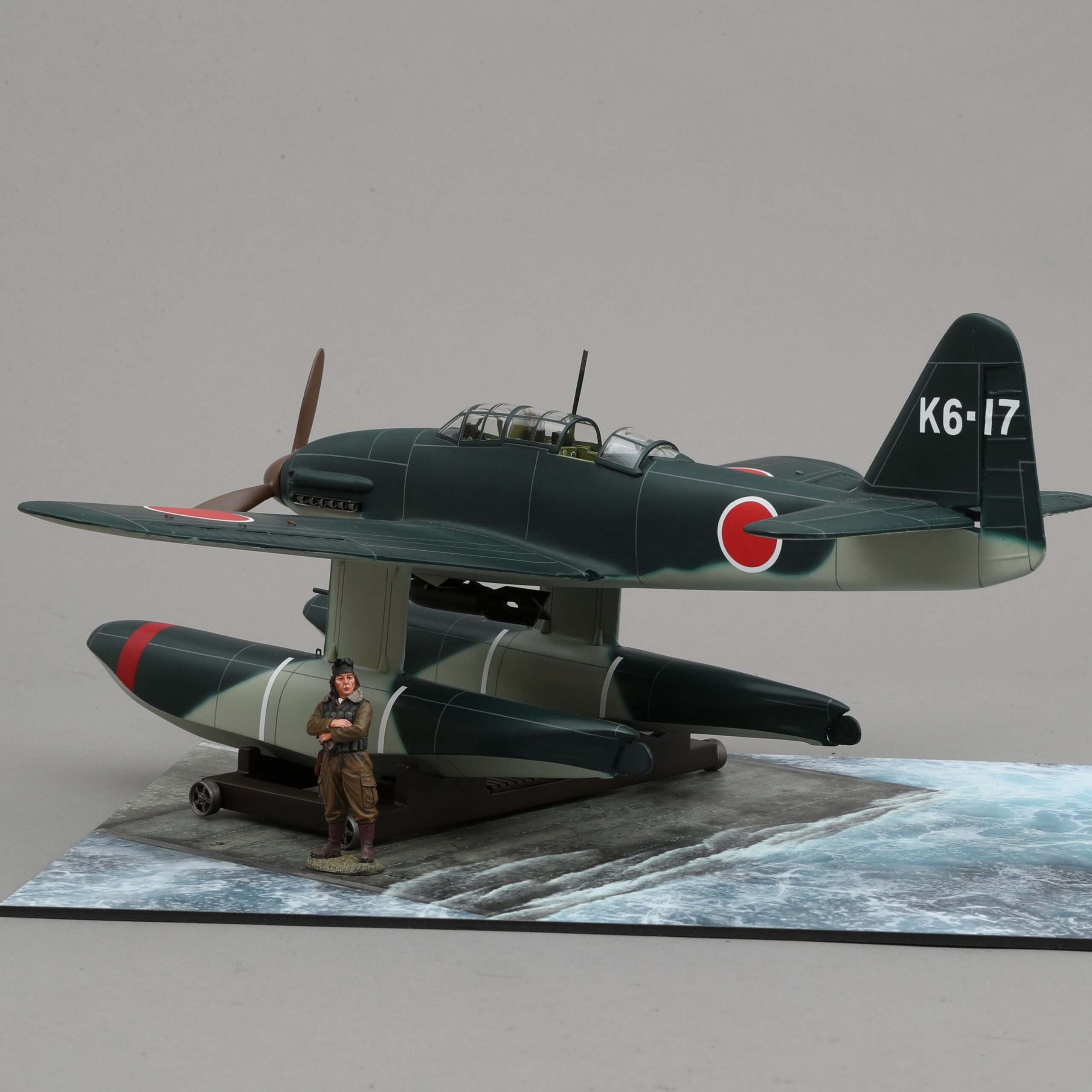
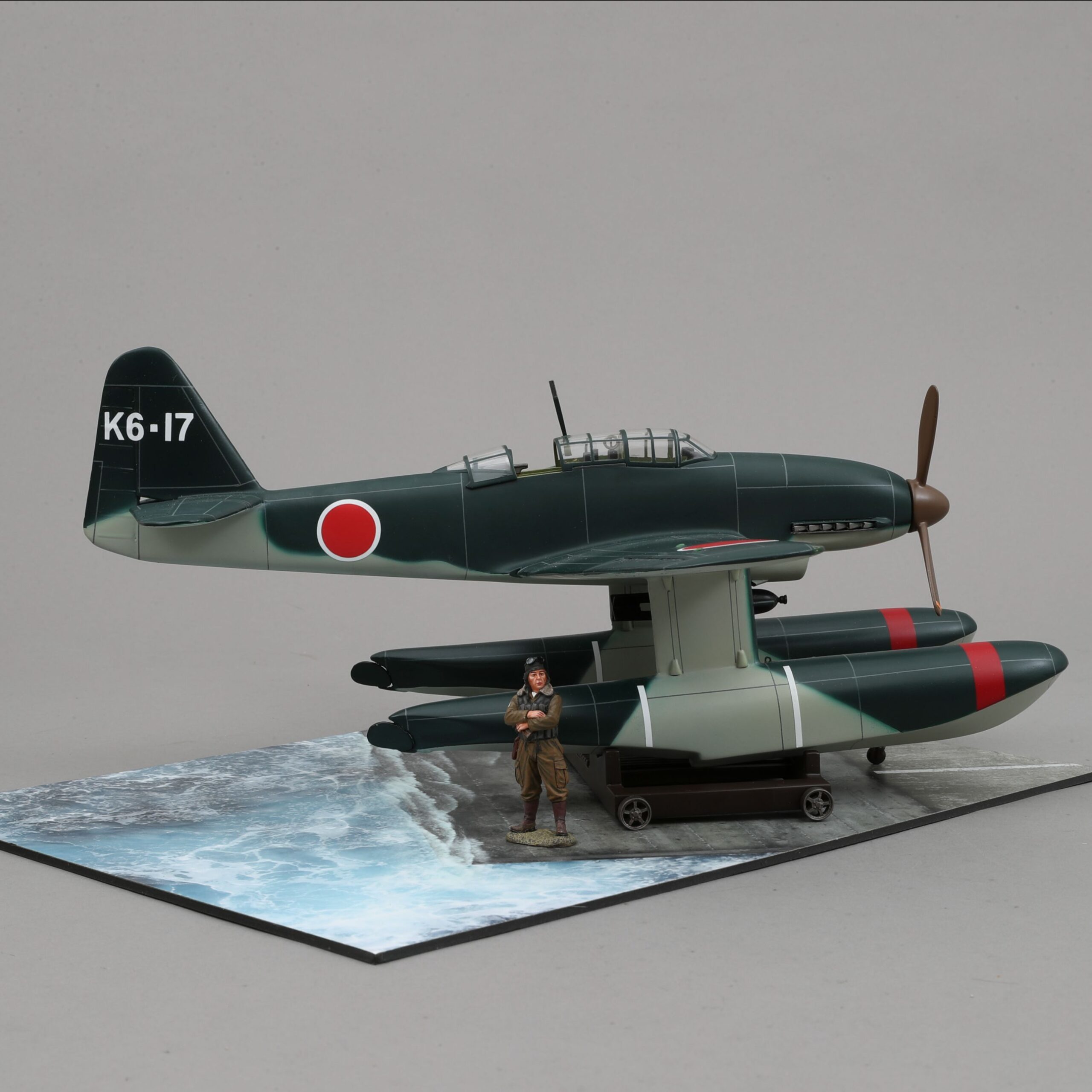
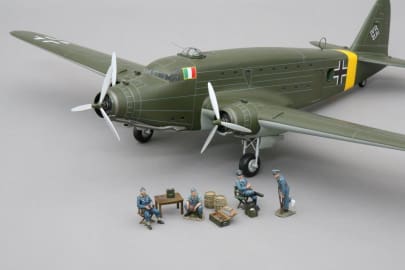
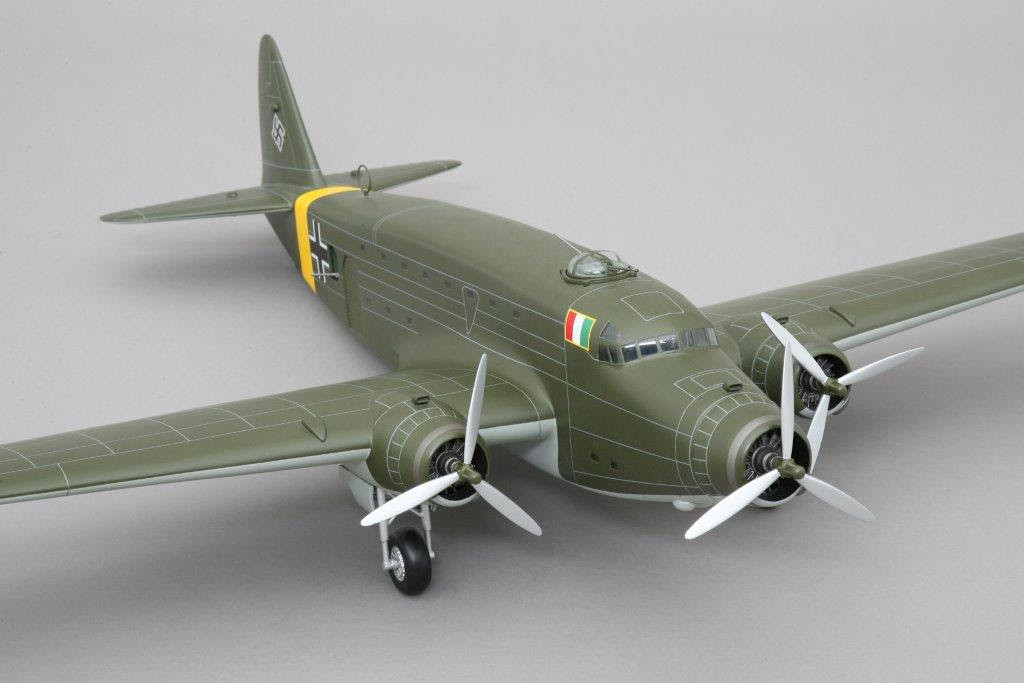
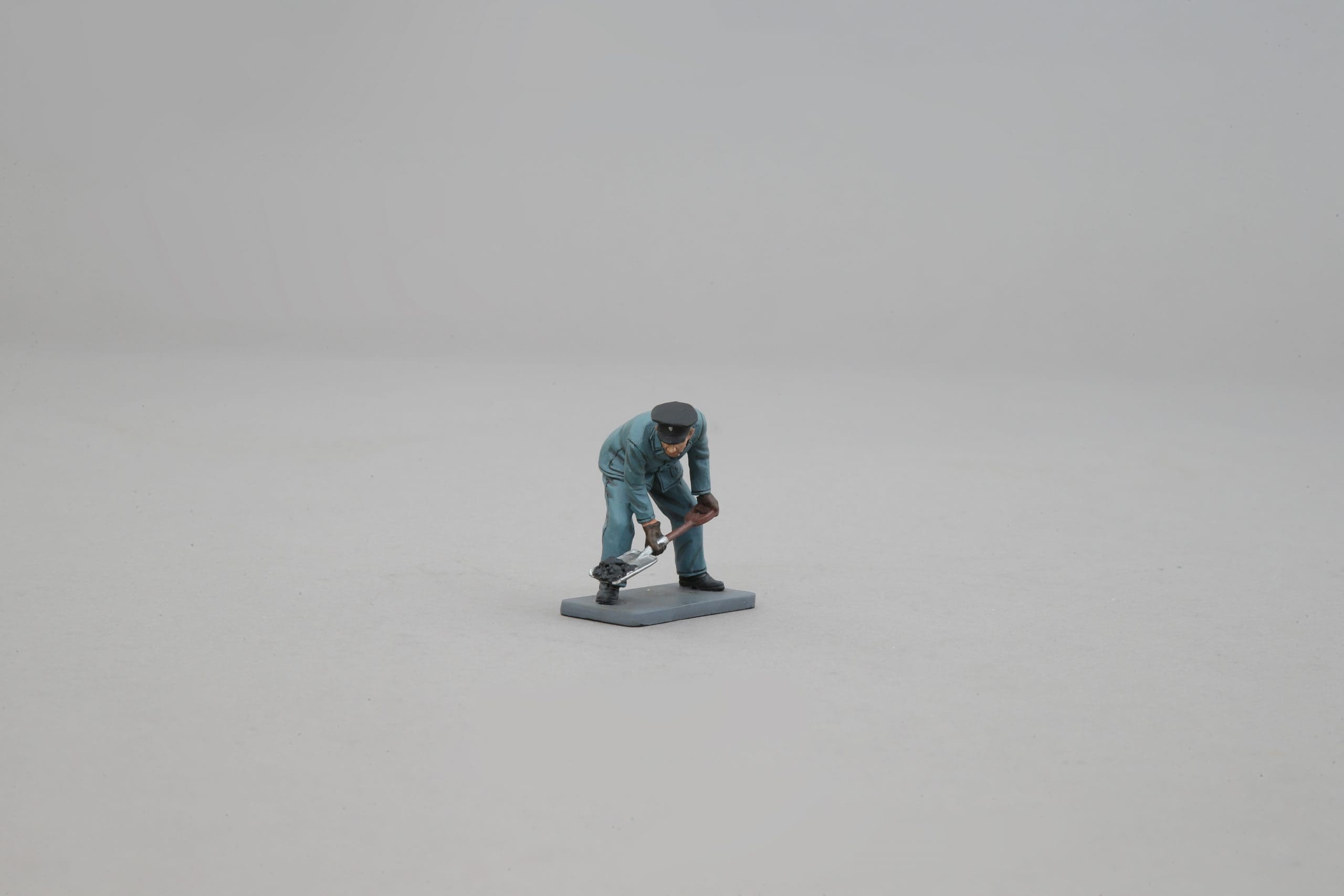
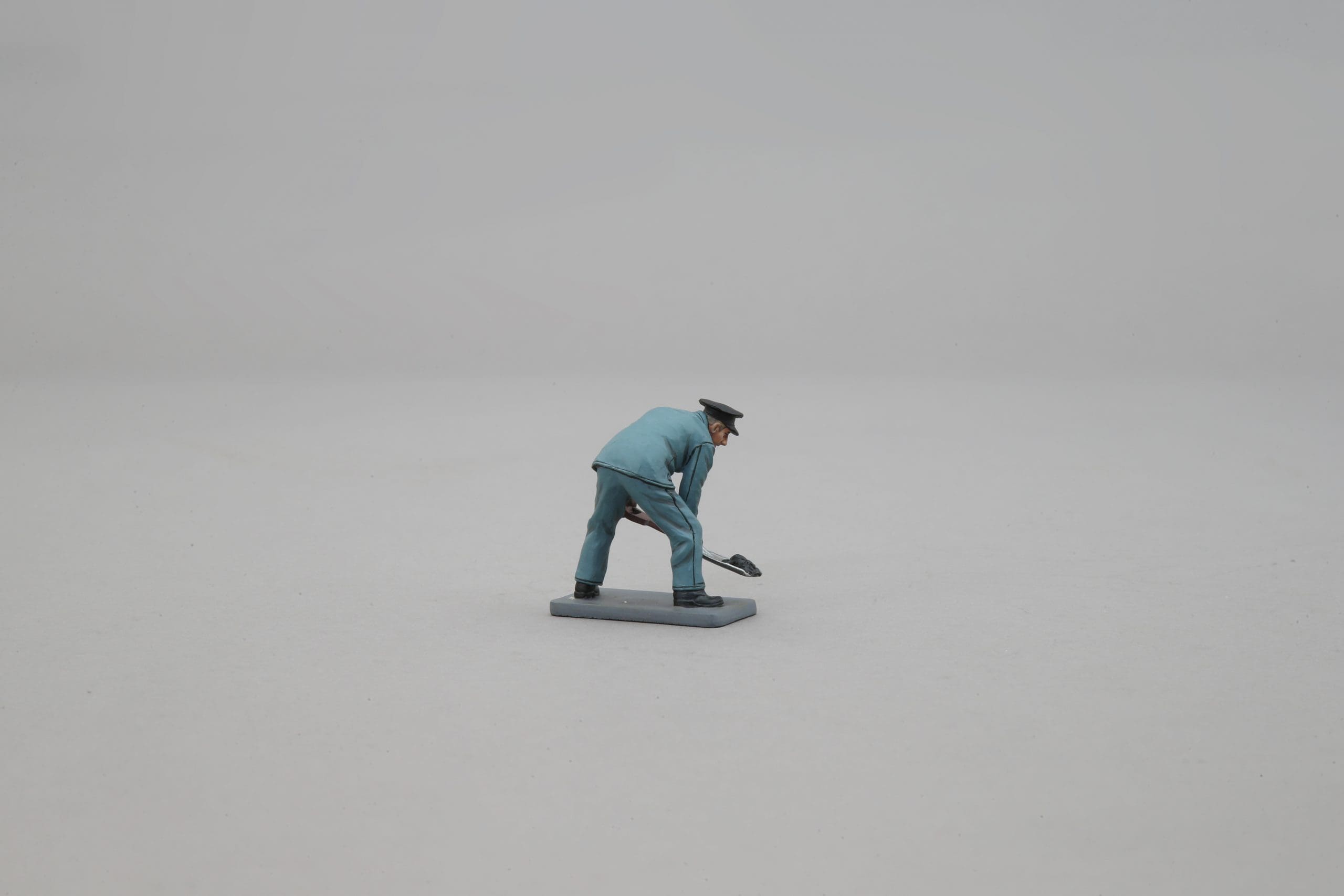
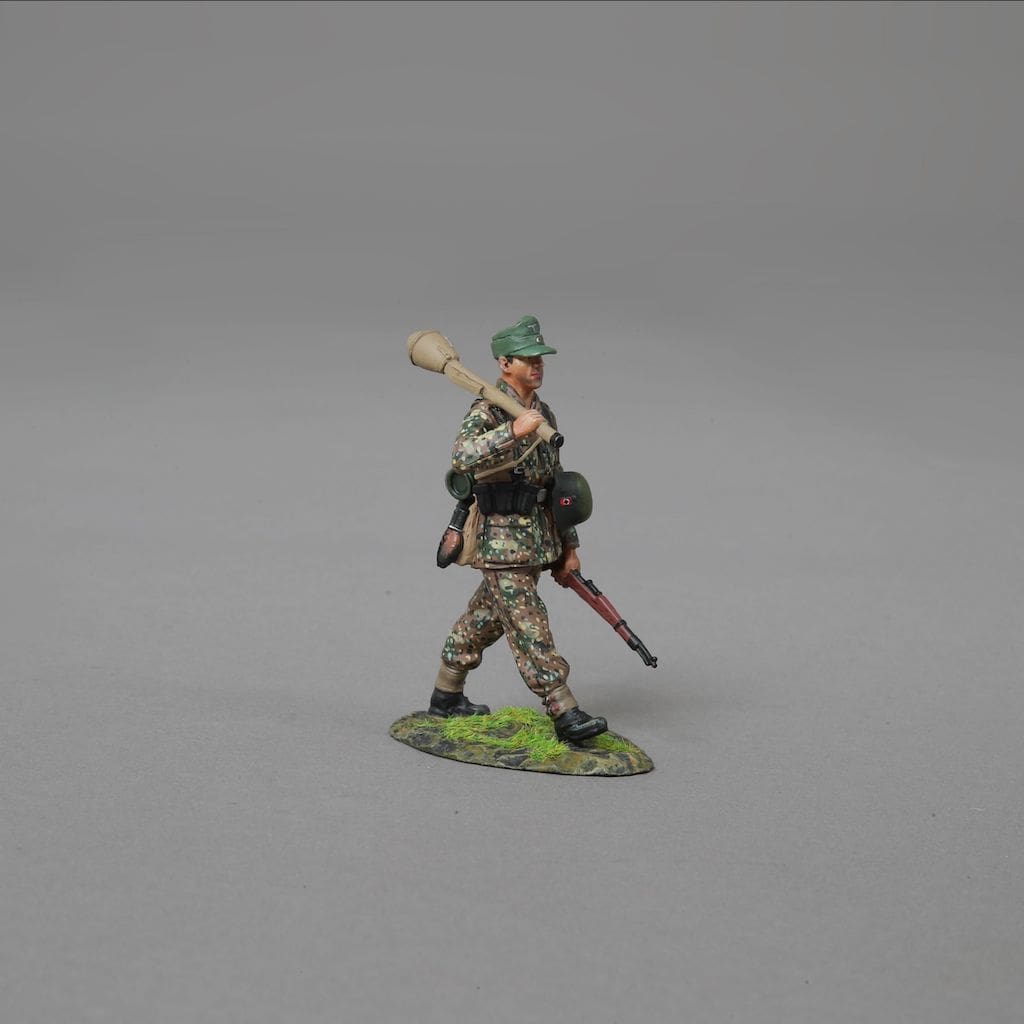
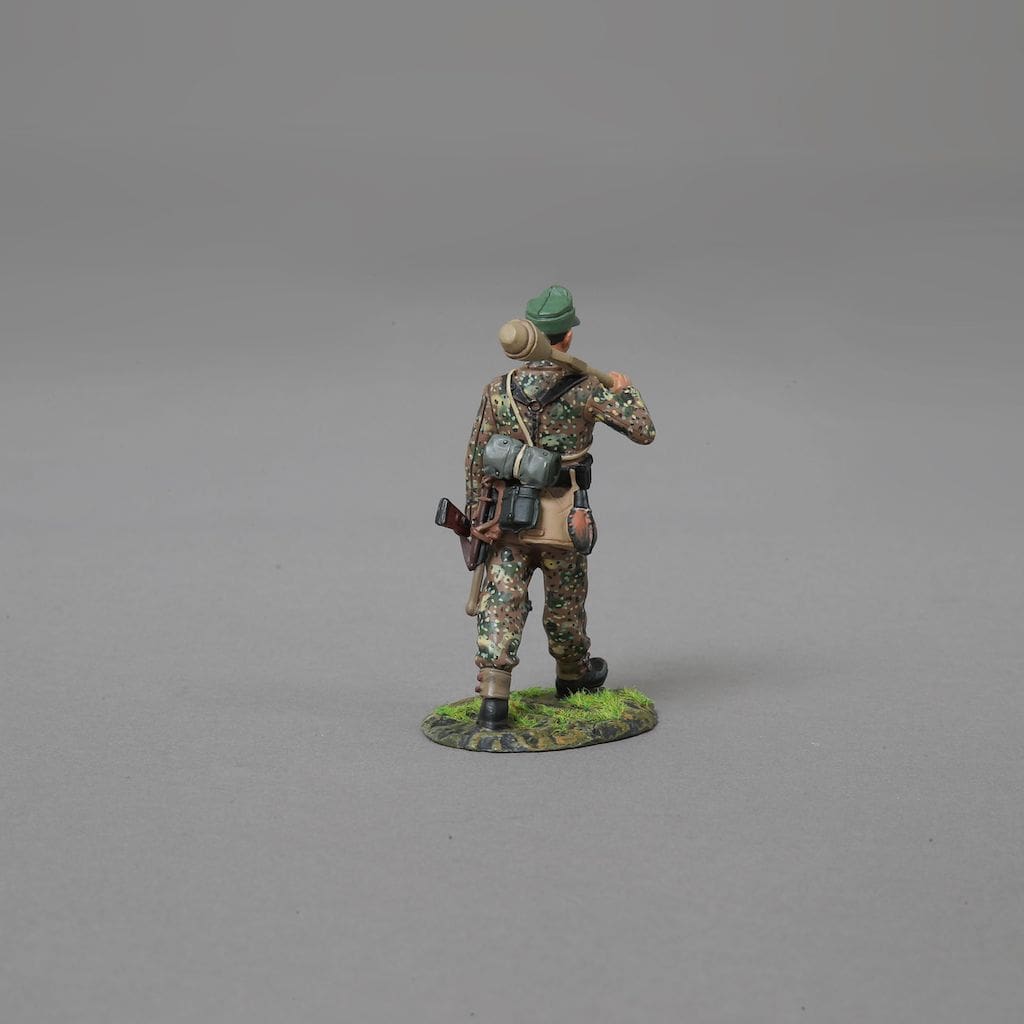
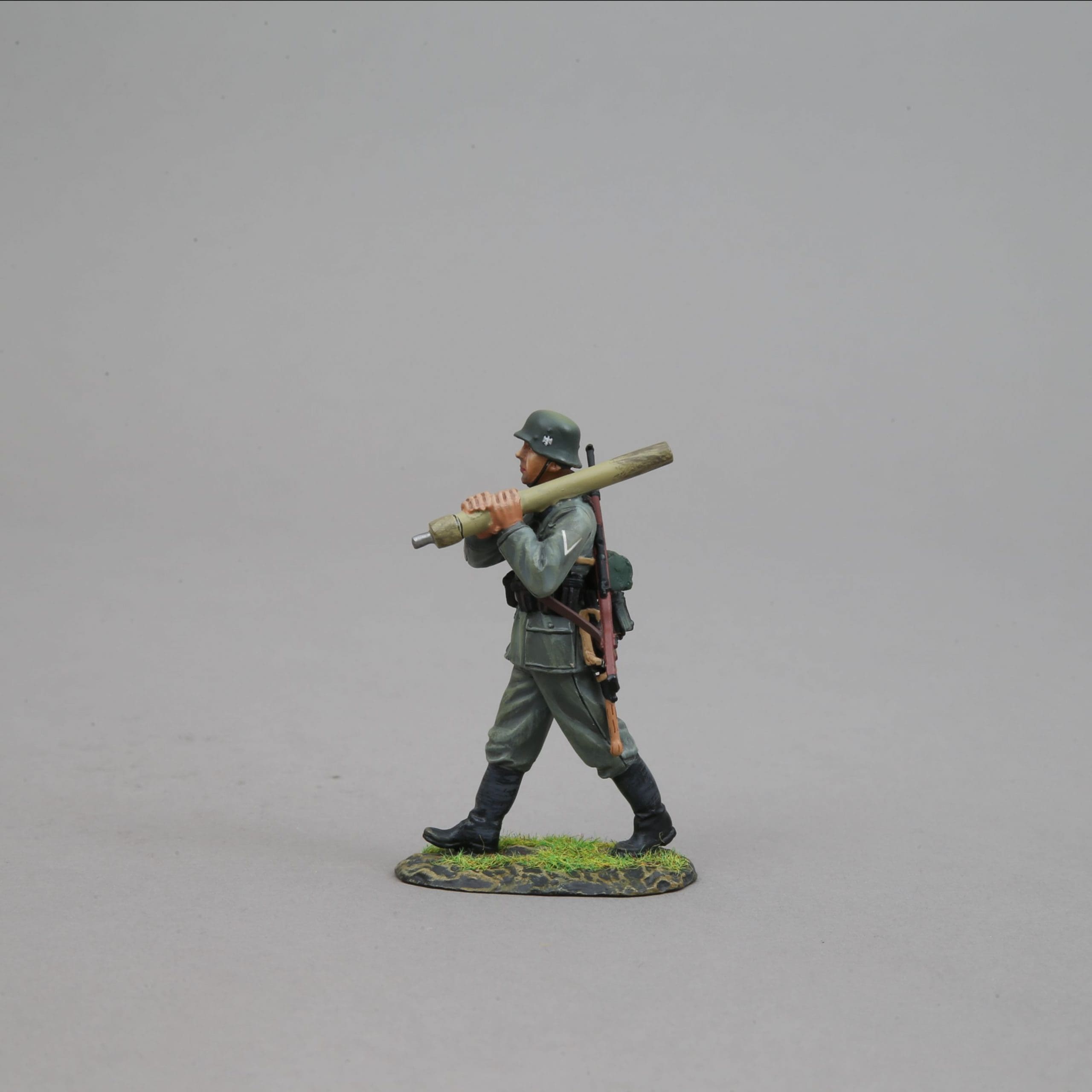
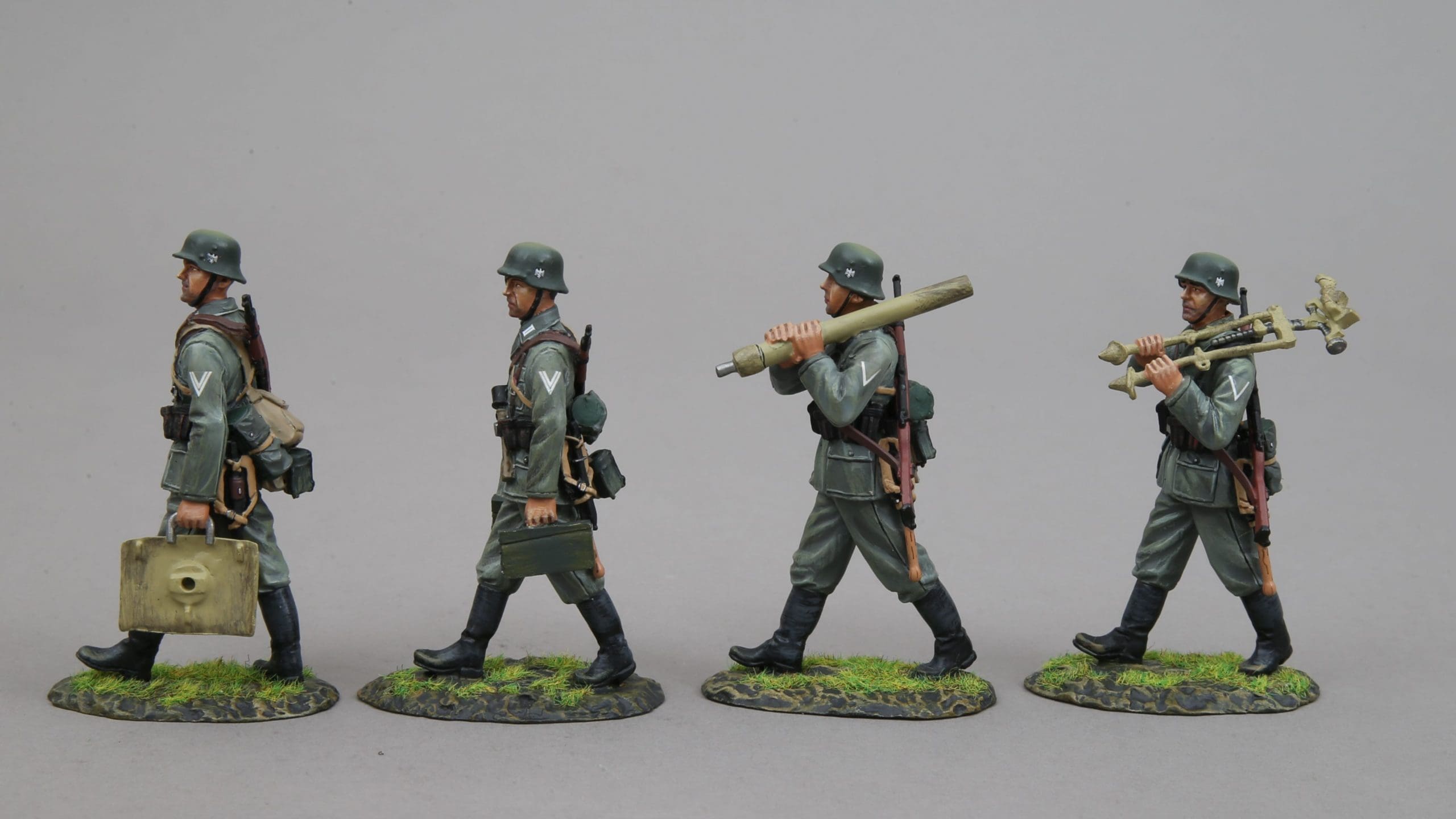
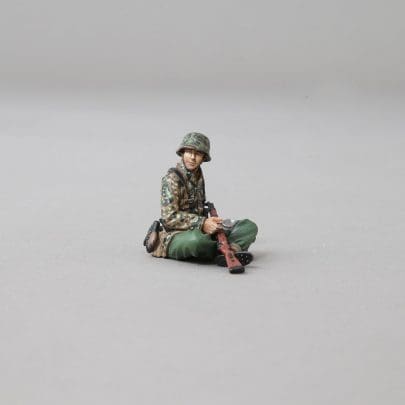
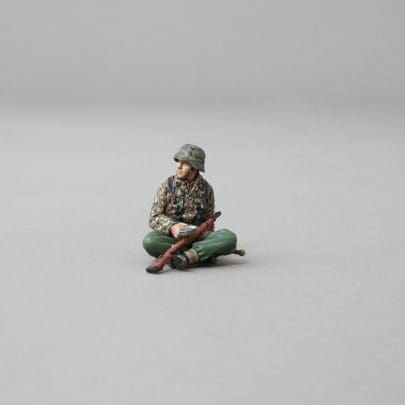
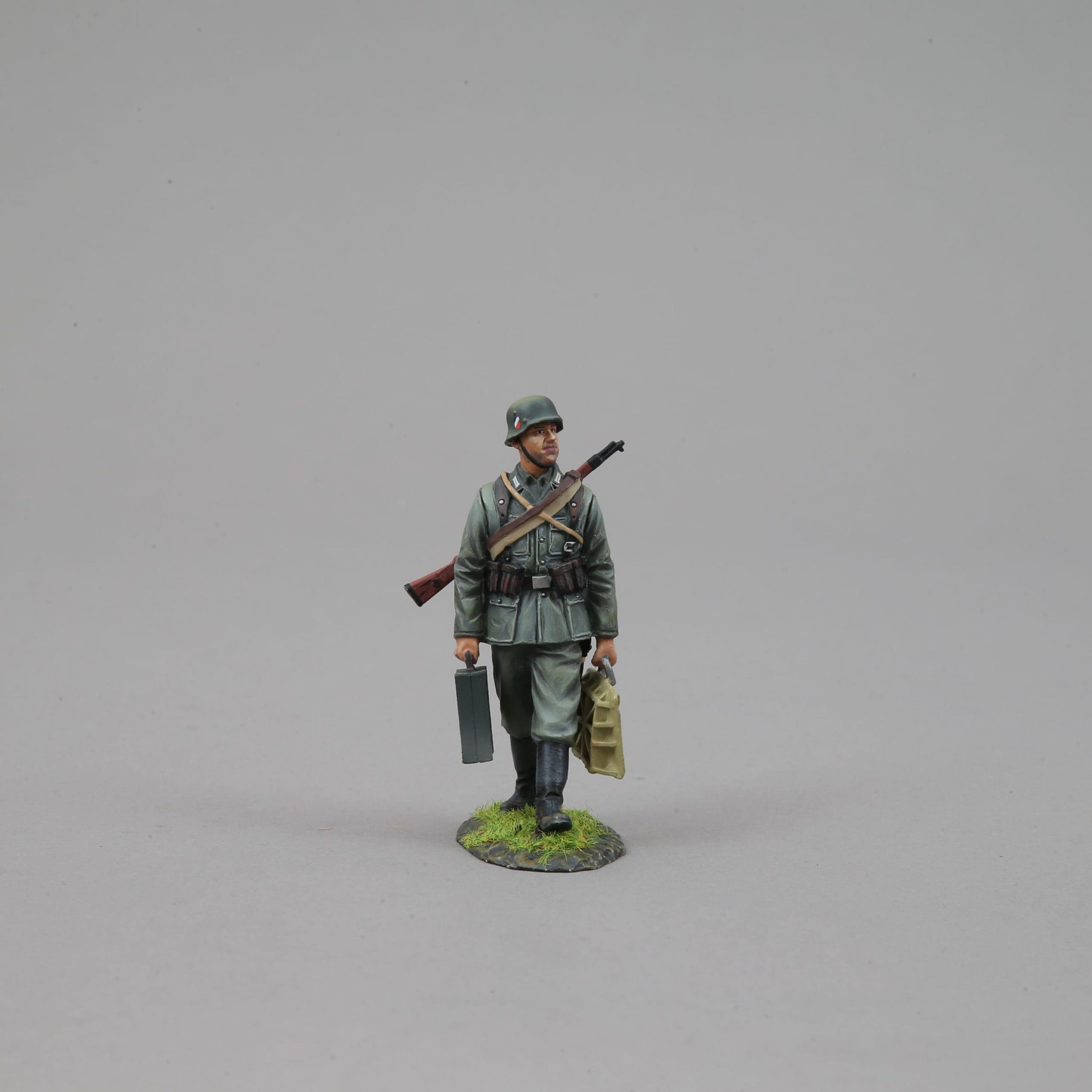
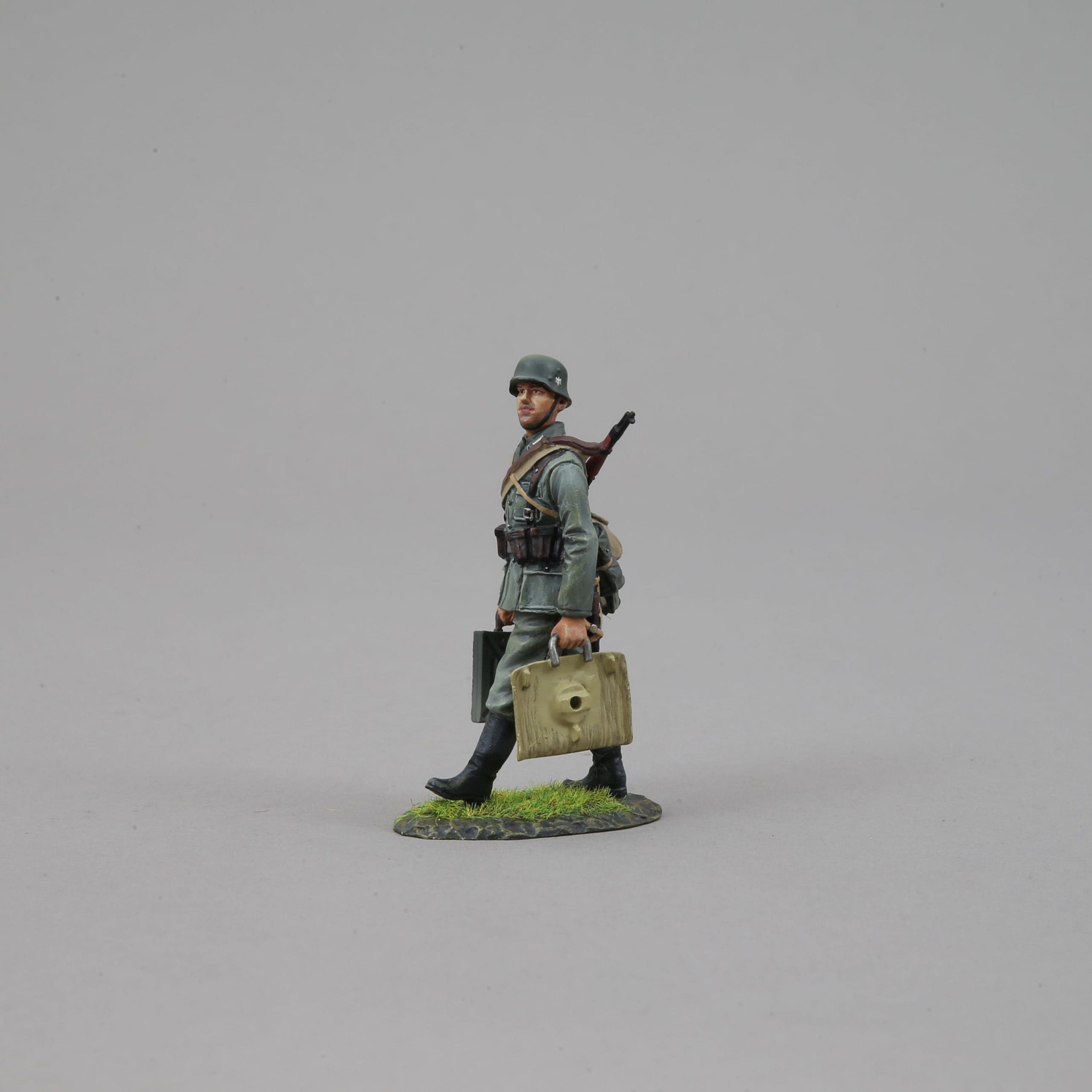
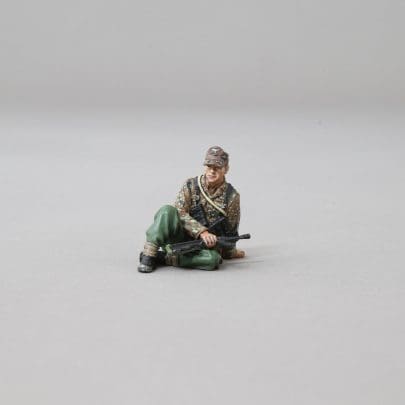
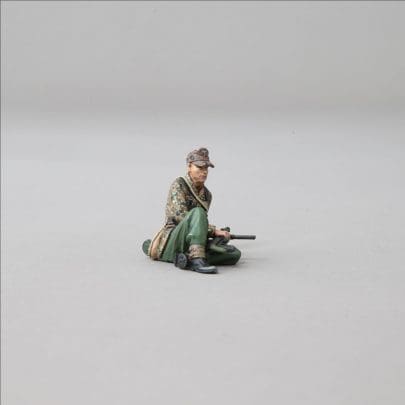
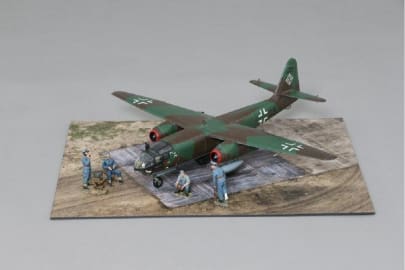
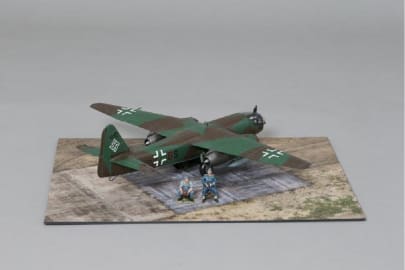
Reviews
There are no reviews yet.